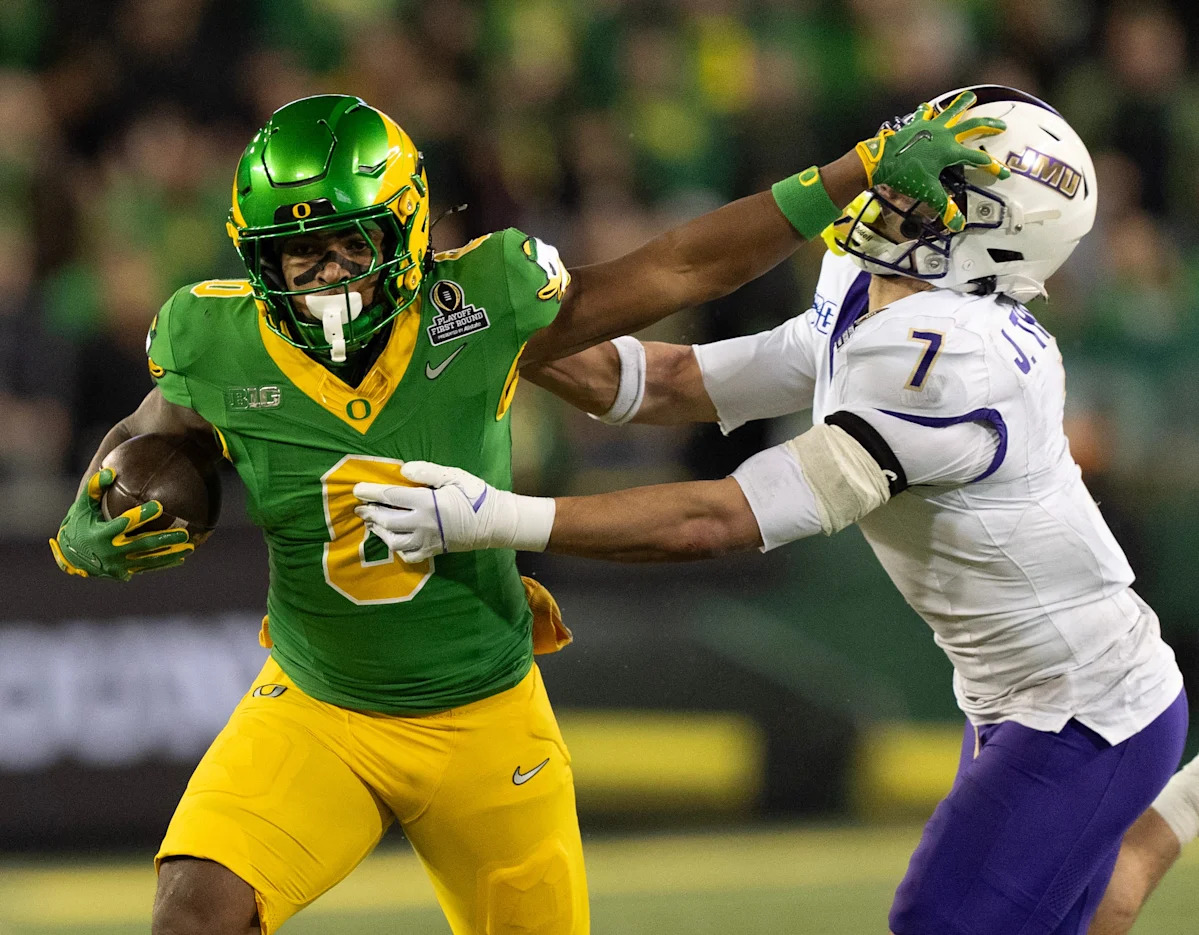Benny Safdie set out to create “The Smashing Machine,” and he made a decision that would define the film’s authenticity. Rather than have actors rehearse and perform choreographed training sequences, the director allowed something unusual to happen on set: real coaching, captured live on camera.
Inside The Smashing Machine: Bas Rutten’s Hands-On Coaching for Dwayne Johnson
Bas Rutten, the UFC Hall of Famer who trained Mark Kerr in real life during the late 1990s, appears in the film as himself. What viewers see on screen is not acting in the traditional sense. It’s Rutten actually teaching Dwayne “The Rock” Johnson techniques, with cameras rolling to capture the genuine interaction between coach and student.
The approach came from conversations between Rutten and director Safdie. According to Rutten in his interview with LowKick MMA’s Tim Wheaton, Safdie gave him freedom to work naturally:
“Of course, there was a script, but Benny said, ‘Dude, it’s you.’ So, just follow the guidelines, but make it your own. Do what you would do.”
Rutten then made a deliberate choice that would shape how the training scenes played out. When the time came to film sequences showing Kerr learning techniques, Rutten suggested they skip the rehearsal process entirely. The reasoning was simple: real teaching would look more authentic than performed teaching.
“So if we want to go over some techniques that I was going to teach him, I said, ‘Let’s not.’ And he goes, ‘Why not?’ I go, ‘Because then I really have to teach you and you really have to pay attention. I think that’s going to come over much better, you know.’”
The result was training footage that captured genuine moments of instruction and learning. Rutten explained the difference it made:
“So all these scenes that you saw, you know, and we there were some more scenes that weren’t simply not used. But but if you if you you know, really teaching him and he’s really paying attention and I’m since I’ve been teaching my freaking life.”
For Rutten, who has spent decades as both a fighter and coach, the process felt natural. Much of the training he did on set and in real life with Mark Kerr can be learned with the program www.thefightingmachine.com, which includes instructional videos and an app.
The authenticity extended beyond just technique instruction. Johnson’s transformation into Kerr was so complete that Rutten found himself responding to the actor as if he were actually coaching Kerr again. In his interview with Tim Wheaton, Rutten described the eerie accuracy of Johnson’s portrayal:
“And then with the fact that DJ was he was Mark Kerr. I mean, he was just it was him. The way he spoke, walked, laughed, smiled, cried. I mean, the mouth movements from him. I mean, he really studied that guy. So, for me, but I was just I got goosebumps the first time.”
The prosthetics, cauliflower ear, and mannerisms combined with the actual training environment created an experience that transported Rutten back 25 years.
The film itself covers a period from 1997 to 2000, when Kerr was at the peak of his fighting career. A two-time UFC Heavyweight Tournament Champion, Kerr won both tournaments in 1997, including one fight that ended in just 17 seconds. His aggressive ground-and-pound style made him one of the most feared fighters of his era.

During this period, Kerr fought in Japan’s Pride Fighting Championships, where he earned substantially more than in the UFC. It was during his time preparing for Pride 2000 that Kerr worked with Rutten to refine his striking and improve his overall game. That relationship forms part of the emotional core of “The Smashing Machine,” alongside Kerr’s struggles with painkiller addiction and his tumultuous relationship with girlfriend Dawn Staples.
The decision to film real training rather than staged sequences represents a commitment to authenticity that runs throughout Safdie’s approach to the project. The approach required significant preparation on Johnson’s part. He underwent months of MMA training before filming began, learning standup fighting, takedowns, and ground techniques specific to Kerr’s wrestling-based style.
The filming process included moments of real physical contact that blurred the line between performance and reality. Stunt coordinator Yoko Hamamura described being asked by Johnson to actually punch him in the face during fight sequences, delivering strikes at 65 to 70 percent power over multiple takes. Rutten himself encouraged these moments of real contact, understanding that authentic physicality would enhance the final product.
“The Smashing Machine” premiered at the Venice International Film Festival in September 2025, where it won the Silver Lion. Despite critical acclaim and praise for Johnson’s performance.
In the end, Safdie’s decision to let Rutten teach Johnson for real rather than perform teaching created something rare in biographical sports films: genuine expertise transmitted on camera. What audiences see is not actors pretending to train, but a master coach doing what he has done throughout his career: teaching fighters how to become champions.
























